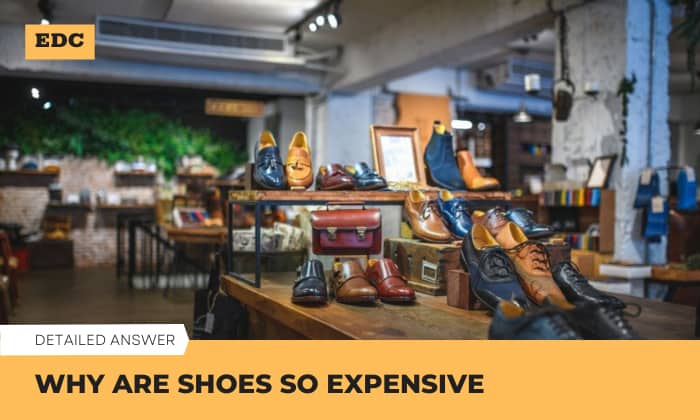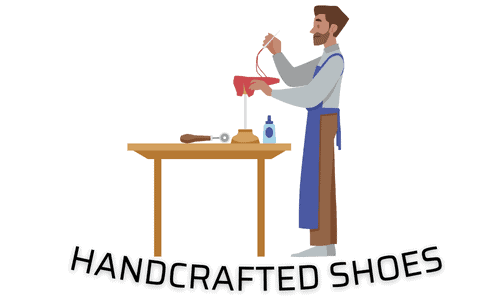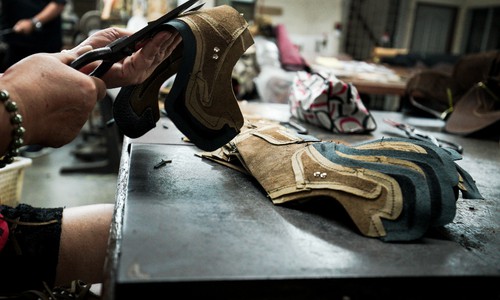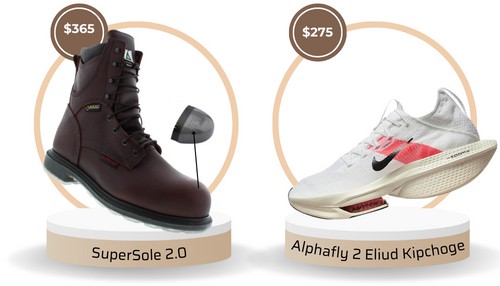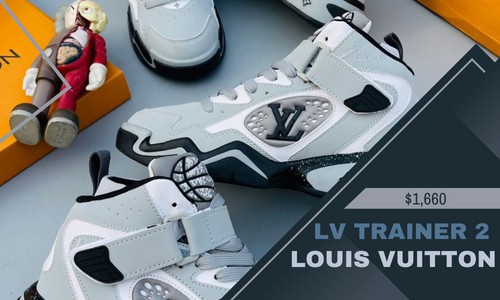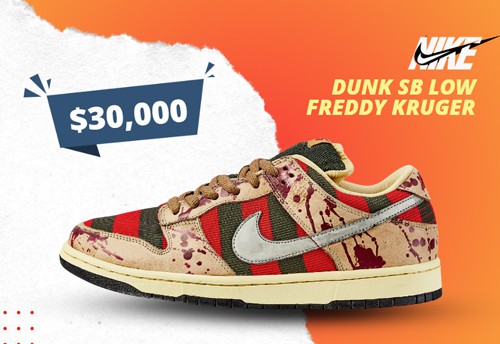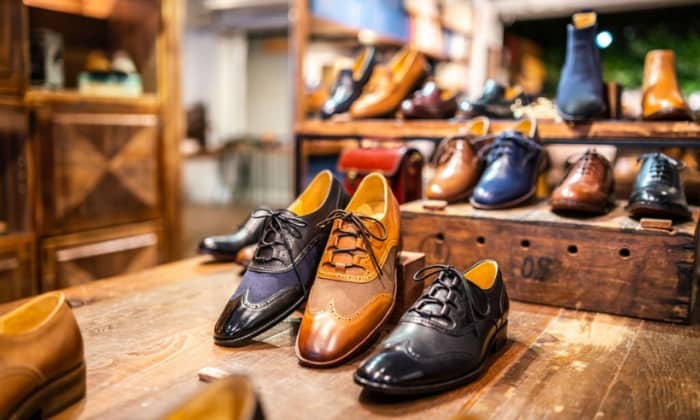Depending on the brand and type of footwear, the price tag of a pair of shoes can vary anywhere from $50 to $500. As expected, designer shoes cost nearly 200% more than regular ones.
Why are shoes so expensive? Essentially, the manufacturer’s spendings on materials, technologies, and laborers that construct the shoes affect their price tags.
Not to mention, the company also factors in the shipping, duty taxes, marketing, and other expenses to make sure that they generate a profit. Allow us to explain further in the section below.
Table of Contents
Why Are Shoes So Costly?
Here are some of the factors that drive up the price of your shoes:
1. Labor Cost
Even though factories are regulated by the government, many workers still fall through the cracks and receive compensation that can barely pay for rent and bills. Sadly, these conditions are the reason why cheap shoes are widely available, and many people are buying them.
On the other hand, most companies have to pay their employees livable wages and benefits following labor laws. Naturally, this increases the price of shoes.
The good news is that many clothing and footwear brands are now taking a stand against slavery, human trafficking, forced labor, and child labor. Brands like Patagonia, Levi Strauss, Nike, and many others share all the companies and factories in their supply chains.
Note that handcrafted shoes are more labor-intensive but better in quality and fit than mass-produced, machine-made ones. Moreover, they are easier to repair. Although handmade shoes are generally pricy, they’re even pricier if the shoes are custom-made for your feet.
2. Materials
Manufacturers either create the shoe materials themselves or source them from other suppliers, some of which are made in overseas factories. Apart from covering the cost of all the components, they might also pay for the shipping, import duties, and tariffs.
Research and development
Shoes don’t only protect our feet against the elements—they have other functions, too! For instance, HOKA running shoes are known for their thick marshmallow-like midsoles to absorb the shock in every step. Even with this feature, they are very lightweight.
Of course, those who design HOKA shoes did not simply wake up one day and realize that they have a new idea for running footwear. It took them time to develop the design and test prototypes.
HOKA is just one of the many brands that invest in its research and development team. Many athletic shoe companies innovated slip-resistant outsoles and breathable fabrics to make the shoes comfortable for running and other activities. Without the funding to do research, no one can test out the different materials and designs.
3. Protective Features
Some shoes are cheaper to make than others. To illustrate this point, let’s compare brands that make work boots and running shoes and their cost.
The SuperSole 2.0, one of Red Wing’s priciest work boots, costs $365. By contrast, the Alphafly 2 Eliud Kipchoge costs $275, the most expensive shoes for running that are listed on Nike’s website.
Both brands used advanced technologies and high-quality materials to construct their products. Besides that, they are considered to be among the best in their respective categories.
However, the SuperSole 2.0 shoes cost so much more because they are fitted with steel toe caps.
Steel alone is costly. But boot-makers don’t just buy steel caps, attach them to boots, and call it a day. They go through the process of research, sourcing, and testing to ensure that the pairs provide reliable protection in rugged conditions.
4. Marketing
Shoe brands allocate budgets for promotional campaigns and marketing to raise awareness of their new product.
This could be in the form of billboards, social media ads, celebrity endorsements, print ads, TV commercials, and more. It is through these means that the brand can also establish its reputation, and this brings us to our next point.
5. Prestige
As mentioned in the intro, luxury footwear brands charge nearly 200% more than the price of an average pair of shoes. Indeed, expensive price tags give the impression that the product is highly valuable, and is made exclusively for the affluent. For example, Louis Vuitton sells its LV Trainer 2 at a whopping cost of $1,660 a pair!
Needless to say, prestige is not always defined by exclusivity. Nike, for instance, can charge higher because they specialize in making high-quality shoes. The answer to how much sneakers cost can range from $60 for regular brands to hundreds of dollars for higher-end models.
6. High Demand for Limited Editions
Fashion brands also learned that releasing a limited number of specific models jacks up the price. That’s because more people are willing to buy those shoes than the commonly available stock.
Nevertheless, there are instances where brands do not intentionally create fewer pairs of sneakers. Generally speaking, inflation affects import duties, and consumer behavior can create higher demands for certain designs all by itself.
Are Expensive Shoes Worth It?
Given all the work that is put into manufacturing, quality control, and marketing, brands guarantee that their high-end shoes offer the features you need. Besides comfort and style, these shoes can last for years.
Just imagine this: If you pay $300 for a pair of work boots, and they last 5 years, you only spend $60 annually, whereas $50 shoes that last barely a year force you to buy another pair about twice annually.
That means you will be spending $100 for footwear every twelve months.
At any rate, low-cost shoes have their place in the market. If you plan to buy work boots for a one-off seasonal job, it will be more practical to purchase budget-friendly options. Besides, not everyone is willing to pay hundreds of dollars for a pair of shoes.
Conclusion
Every stage of the shoemaking process requires investment from the footwear company—from designing the shoes to delivering them to retail stores. As we learned in this article, limited editions are offered at a premium price because of the high demand.
That’s the answer to the question, “Why are shoes so expensive?”
In any case, people have different motivations for buying a new pair of kicks. Some need it for work or specific activities, like camping, jogging, or parties. Others simply want to collect sneakers.

Veronica is our content editor. She is a talent in delivery. Her main work is editing and writing articles that are both informative and simple to follow. She is in charge of synthesizing our understanding of what personal protection equipment (PPE) is needed in each job, how to best apply it, and how to visualize that equipment.


